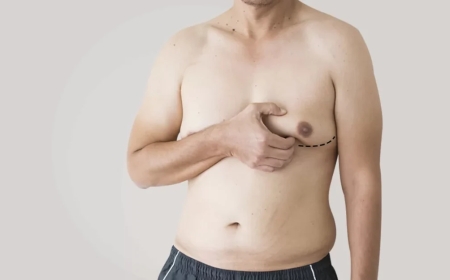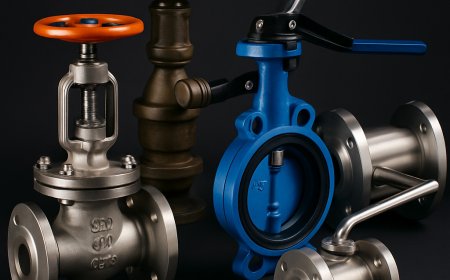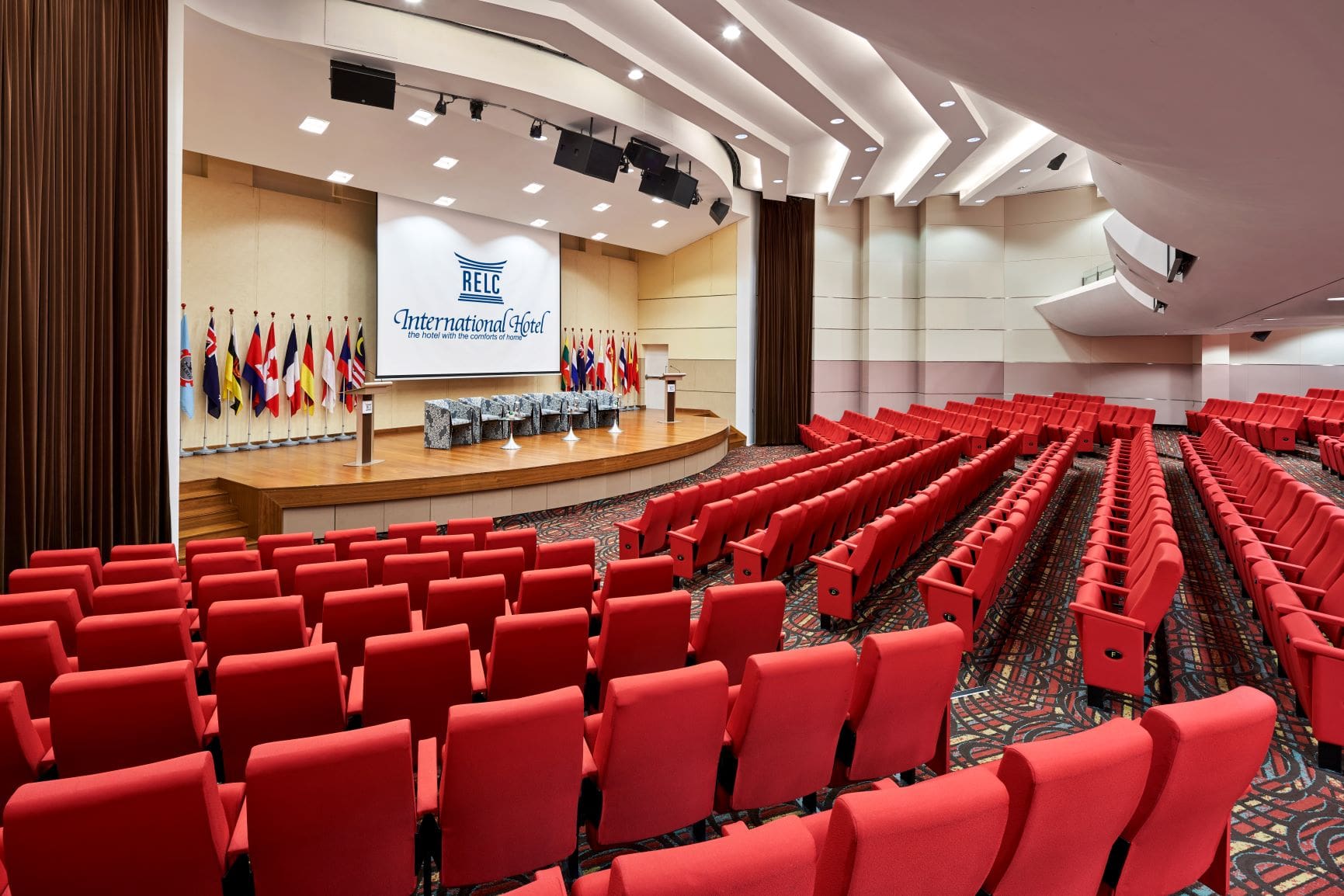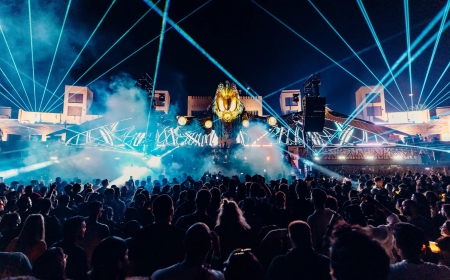Celebrating the Artistry of the Soprano Opera Singer A Tribute by Hanne Marit

The Role of the Soprano Opera Singer in Classical Music
Opera is a breathtaking fusion of music, emotion, and dramatic storytelling, and at the center of it all stands thesoprano opera singer. Known for their powerful and high-pitched vocal range, soprano singers are often the stars of the stage, commanding attention with every note. At Hanne Marit, we believe in honoring the cultural icons who elevate the human experience through voice. In this post, we journey through the world of famous sopranos singers, exploring their unique contributions to the art of opera and why their legacy continues to resonate across generations.
A soprano opera singer is typically the highest female voice in the operatic vocal range. Within opera, the soprano often plays leading rolesthe heroine, the queen, the innocent lover, or the tragic figure. These parts demand not only vocal precision but also deep emotional expression, dramatic prowess, and exceptional stamina.
There are several types of sopranos: lyric, dramatic, coloratura, spinto, and more. Each brings its own character and vocal qualities to different operatic roles. Whether delivering the light, agile notes of a coloratura aria or the commanding depth of a dramatic soprano, the soprano voice is central to the operatic tradition.
At Hanne Marit, we celebrate this diversity and the timeless elegance that soprano singers bring to the stage.
The Golden Era of Famous Sopranos Singers
The 20th century marked a golden era for opera, and many of the most famous sopranos singers emerged during this time, redefining vocal excellence and stage presence. These singers did not simply performthey captivated and transformed the art form.
Maria Callas: The Ultimate Diva
When discussing legendary sopranos, one cannot overlook Maria Callas. Known as La Divina, Callas revolutionized opera with her intense dramatic expression, technical precision, and emotionally charged performances. She brought new life to roles such as Tosca, Norma, and Violetta, shaping the modern concept of operatic acting.
Her voice, though unconventional, conveyed vulnerability, strength, and depth, making her one of the most studied and revered figures in opera history.
Joan Sutherland: The Queen of Coloratura
Australian soprano Joan Sutherland earned the nickname La Stupenda for her extraordinary ability to master coloratura passagesthose rapid, intricate vocal runs requiring clarity and agility. Her performances in Lucia di Lammermoor and Norma demonstrated her vocal fireworks and regal stage presence.
Sutherlands voice was powerful yet beautifully controlled, with a warmth that resonated across the opera world.
Grace and Grandeur: Renata Tebaldi and Leontyne Price
The post-war era brought new voices that combined vocal splendor with unmatched elegance.
Renata Tebaldi: The Velvet Voice
Italian soprano Renata Tebaldi was known for her lush, lyrical tone and her ability to portray gentle, emotionally rich characters. Her interpretations of Puccini and Verdi heroines were hailed as some of the most beautiful in operatic history.
Unlike Callass fiery approach, Tebaldi offered a more serene and melodic experience, earning her a loyal international following.
Leontyne Price: Breaking Barriers with Brilliance
American soprano Leontyne Price was not only a vocal powerhouse but also a pioneer. As one of the first African-American singers to achieve global operatic stardom, she paved the way for future generations.
Her interpretations of Aida and Il Trovatore at the Metropolitan Opera displayed both technical brilliance and emotional power. Her legacy continues to inspire aspiring singers worldwide, and at Hanne Marit, we view her as a cultural icon as well as a musical one.
Modern Icons Among Famous Sopranos Singers
While opera has its roots in tradition, the modern era has produced a new generation of famous sopranos singers who blend classical mastery with contemporary appeal.
Rene Fleming: Americas Soprano
Few contemporary sopranos are as widely recognized as Rene Fleming. With a rich, velvety voice and elegant presence, Fleming has become synonymous with American classical music excellence. Her performances in Der Rosenkavalier, Rusalka, and Arabella have been critically acclaimed worldwide.
Beyond the stage, shes known for championing arts education and mental health through musican advocacy that aligns closely with Hanne Marits belief in the transformative power of the arts.
Anna Netrebko: Charisma and Controversy
Russian soprano Anna Netrebko rose to prominence in the early 2000s and quickly captivated audiences with her expressive voice and striking stage charisma. Her performances in La Traviata, Manon Lescaut, and Tosca are celebrated for their intensity and emotional depth.
Though occasionally the subject of political and artistic controversy, her influence as a soprano opera singer is undeniable, and her voice continues to grace major stages across the globe.
Rising Stars and the Future of Opera
Opera continues to evolve, and new generations of sopranos are reshaping the landscape with talent, authenticity, and global influence.
Pretty Yende: A Voice from South Africa
South African soprano Pretty Yende is one of the most exciting voices in opera today. Discovered through a commercial for British Airways featuring The Flower Duet, Yende pursued formal training and has since graced the stages of La Scala, the Metropolitan Opera, and the Royal Opera House.
Her radiant tone and joyful stage presence are making opera accessible to more diverse and younger audiencesa mission we deeply share at Hanne Marit.
Nadine Sierra: Bridging Tradition and Modernity
American soprano Nadine Sierra is admired for her radiant voice, artistic sensitivity, and modern approach to opera. Her role in Lucia di Lammermoor showcased her dazzling technique and emotional command.
A vocal advocate for making opera approachable and exciting for younger generations, Sierra uses social platforms to share her journey, offering a fresh take on what it means to be a soprano opera singer in todays world.
Understanding the Types of Soprano Voices
Not all sopranos sound alike. The soprano classification includes several distinct voice types, each suited to different roles and musical styles.
Coloratura Soprano
Light, agile, and capable of rapid vocal runs and high notes. Ideal for roles like the Queen of the Night in The Magic Flute.
Lyric Soprano
Warm and expressive, with a smooth tone. Suitable for characters like Mimi in La Bohme or Marguerite in Faust.
Dramatic Soprano
Powerful and intense, capable of singing over full orchestras. Best known for roles like Brnnhilde in The Ring Cycle or Turandot in Turandot.
Spinto Soprano
Combines the warmth of a lyric voice with the strength of a dramatic one. Common roles include Tosca and Aida.
At Hanne Marit, we appreciate the nuances that each soprano voice brings to the opera, elevating performances with unique textures and emotional depth.
Why Famous Sopranos Singers Continue to Inspire
The art of the soprano opera singer remains deeply relevant. In a world driven by fleeting content and digitized music, opera continues to offer something rare: unfiltered human emotion expressed through one of the most powerful instrumentsthe voice.
Sopranos remind us of what it means to connect, to feel, to endure. Their storieswhether of heartbreak, triumph, love, or lossare universal. And it is through the voices of famous sopranos singers that these stories take flight.
At Hanne Marit, we are committed to preserving and celebrating this sacred tradition. Whether you are a lifelong opera enthusiast or new to the genre, the soprano voice offers something for every listener.








































